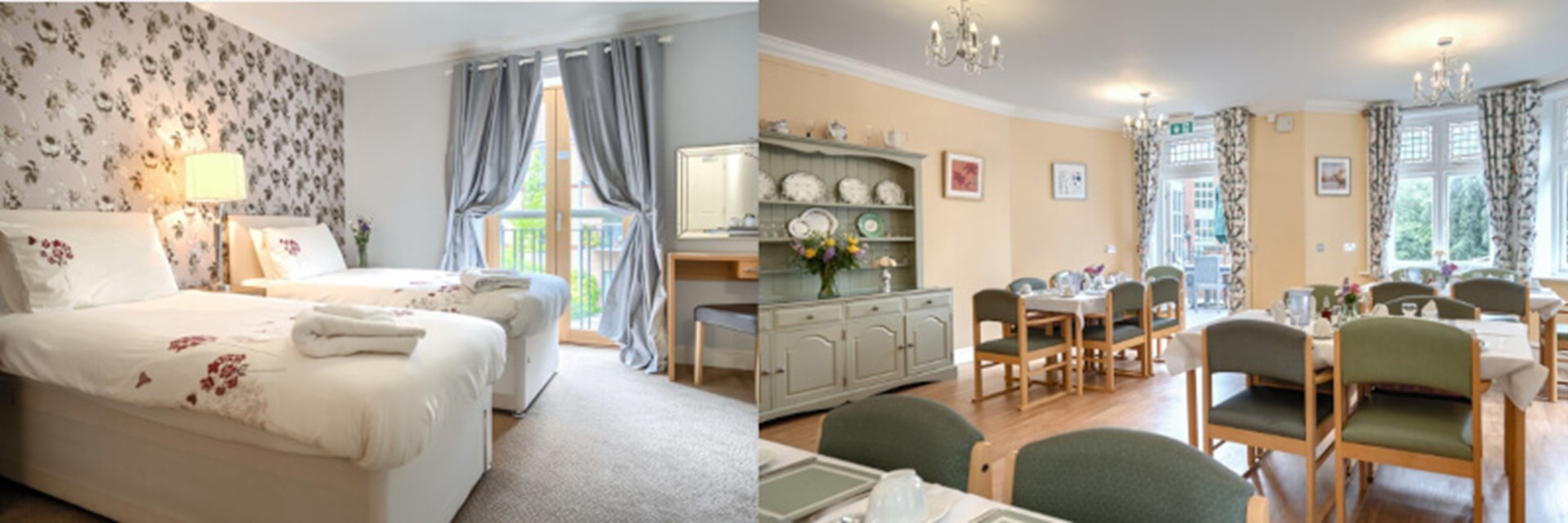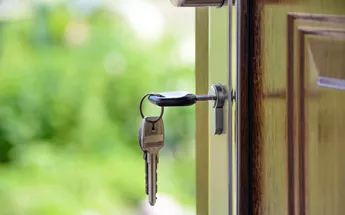Sheltered Housing Advice: For older people and their families
If you’ve thought about moving into a retirement home; either to downsize, to move closer to family and friends, or maybe to get support with some day to day activities, but you’re worried about losing your independence, then sheltered housing might be a good option.
What is sheltered housing?
Sheltered housing is accommodation which has been designed for older people who can live independently, but may need some help or support with some tasks. Sheltered housing aims to improve the lives of older people, empowering and allowing people to remain independent for as long as possible.
Sheltered housing schemes can differ in size, as well as accommodation type; for example you might get an apartment, a flat, a bedsit or a bungalow. You’ll also have the option to either buy or rent your sheltered accommodation through some providers.
You’ll find that in most properties residents have a kitchen or kitchenette facilities, and either an en-suite or separate bathroom, which allows residents to remain independent and gives you the freedom to come and go as you please.
When should I consider looking for sheltered housing?
You might have noticed that you’re finding it difficult to do some of the things around the house which you used to do, for example managing the garden and housework, cooking, getting dressed or struggling to get in and out of the bath or shower. Friends and family might have noticed too and conversations about health and moving can be difficult conversations to have with loved ones in later life, but they are important ones to discuss early before an emergency or crisis.
You could consider getting extra care in your home - companies can provide assistance with cleaning, support with shopping and help with preparing meals. Or you could get help with personal care with provisions through care at home services. However, if managing a home is becoming harder, but you can do most things independently then sheltered housing can be a good choice because you can have all the freedom to enjoy the things you love doing without having to worry about maintaining a house.
If you’re not sure what type of housing you need or what needs you or your loved one has, you can have a free care needs assessment done by your local council. This will determine the type of support you’ll need and you’ll have a means test to find out how much you need to contribute to the cost of your support.
Who is entitled to sheltered housing?
To qualify for sheltered housing most schemes and housing associations take people who are over 55, although some only accept residents over 60. Speak to a number of housing providers to find out what the requirement is.
What does sheltered housing provide and what can I expect?
There are several benefits and features of living in sheltered housing including:
- Being able to remain independent, but with the added benefit of having like-minded people in a community, and often times there are communal areas where you can socialise with other residents.
- The sheltered housing scheme will have an on-site manager or warden who is on hand to provide support for residents; making sure they are looked after, cared for and kept safe.
- Managers and wardens are also responsible for the maintenance of the building and gardens, which means you won’t be obligated to look after a house by yourself.
- For extra peace of mind a community alarm or on-call system is on hand for any emergencies and is available 24/7.
- At some sheltered housing schemes you might also have home cooked or meals prepared for you.
- You can also have help with daily activities such as cleaning or laundry organised for you.
- At some sheltered housing schemes you’ll find regular activities and events for residents, so there’ll be plenty to get involved in and you’ll be able to socialise with other residents.
- Most sheltered housing schemes have communal areas and a shared garden.
- Most sheltered housing comprises of flats or rooms which are either one or two bedrooms.
- Some sheltered housing schemes have guest facilities, so your friends and family can stay for a night or two if they are visiting.

How do I find and apply for sheltered housing?
You have a few options when applying for sheltered housing; you can either apply for sheltered housing through your local council, or you can buy or rent a property privately through housing associations, charities and private companies.
There can be different eligibility requirements for each option (council or private), as each council will likely have their own housing policy with a set of criteria, whereas there could be fewer requirements to meet if you buy or rent privately. Something to consider is that the cost is likely to be higher if you do apply privately.
The best option is to first ask your local council to see if you qualify. In England and Wales, you can search and apply for sheltered housing on the gov.uk website where you’ll be able to find out more information from your local council. In Northern Ireland, you can find out more information about applying online for sheltered housing on the NIDirect website.
How much does sheltered housing cost?
Most sheltered housing is paid for as a monthly rental cost plus a service charge and the prices can range depending on the housing provider.
If you rent through the council or a housing association, the price is usually an affordable rent price, which can be lower than the standard market rate, and you may also be eligible for financial assistance.
If you rent private sheltered accommodation you can likely expect to pay rent that is similar to the market rate in the area.
With these two options you may have additional extras to pay for including a telephone line, internet, utilities bills, contents insurance, council tax, food and a service charge; so that is something to check when you speak to providers.
At Abbeyfield, we are a charity that provides not-for-profit accommodation. The charge does vary on the type of home, the location and you’ll find prices for the majority of our properties on our website and what is included in the cost. At the majority of our sheltered homes, two meals are provided, as well as utility bills and council tax. We always recommend contacting the house directly to find out the exact cost and everything that is included whilst you’re doing your research.
Can I buy sheltered housing?
Some sheltered housing is available to buy from private developers, but it’s important to remember that sheltered housing isn’t inspected and given ratings like residential care homes or dementia care homes. There are some things you can check though, before you consider buying, including checking if the developer is registered with a professional body. Most new sheltered housing developments are covered by the National House Building Council, whose code covers the duties that the builders and developers have and the legal rights of purchasers. Download the National House Building Council’s Sheltered Housing Code.
Where can I find sheltered housing?
You can find sheltered housing in many locations across the UK. At Abbeyfield, you’ll find our sheltered housing is located in wonderful places, and they are usually at the heart of the community where you’ll have access to shops, cafes and social activities already in place. In addition to this, most of them have excellent transport links so you can travel around to your heart’s content.
- Search For Sheltered Housing in Kent
- Search For Sheltered Housing in Dorset
- Search For Sheltered Housing in Devon
- Search For Sheltered Housing in Surrey
- Search For Sheltered Housing in London
- Search For Sheltered Housing in Leeds
- Search For Sheltered Housing in Manchester
- Search For Sheltered Housing in Nottingham
- Search For Sheltered Housing in Northern Ireland
- Search For Sheltered Housing in Scotland
- Search For Sheltered Housing in Wales
Next steps
Search for your perfect Abbeyfield retirement home
Everyone is welcome at an Abbeyfield retirement home. Wherever you find us, you’ll find we’re warm, open and friendly. Abbeyfield is more than a retirement home, it’s a neighbourhood, a community, a family.
Your guide to moving house in later life
Whatever your reason for wanting to relocate, our tips below will help you in your move.
Why you should consider retirement living
Thinking about moving into a retirement home but not completely sure whether it’s for you? We look at some of the benefits of living in a 55+ retirement community.


